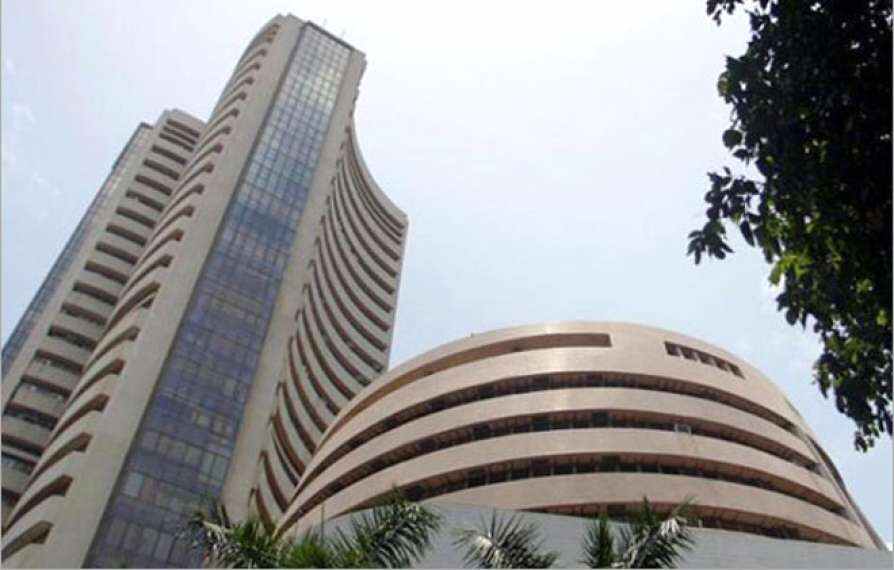
By Irshad Mushtaq
The historical performance of the Indian stock market, particularly around Lok Sabha election results, has shown significant volatility and varied patterns. Below are some key observations from notable election years:
1. 1991 Elections:
- Pre-results: The market was anxious due to economic instability and political uncertainty.
- Post-results: After a clear Congress victory under P.V. Narasimha Rao, the market responded positively, anticipating economic reforms.
2. 1996 Elections:
- Pre-results: Uncertainty with no clear frontrunner.
- Post-results: Markets declined due to the uncertainty and instability with a coalition government.
3. 1999 Elections:
- Pre-results: Some nervousness due to Kargil War and political instability.
- Post-results: Markets surged upon the victory of the BJP-led coalition, expecting continued reforms.
4. 2004 Elections:
- Pre-results: Optimism due to a strong economic performance led by the NDA government.
- Post-results: A surprising victory for the UPA led to a significant market crash immediately following the results due to fear of policy changes, but they later stabilized.
5. 2009 Elections:
- Pre-results: Caution due to economic slowdown from the global financial crisis.
- Post-results: A decisive victory for the UPA led to a dramatic surge, with markets hitting upper circuits due to the expectation of political stability and reforms.
6. 2014 Elections:
- Pre-results: Optimism on Narendra Modi’s pro-business approach.
- Post-results: Significant market rally following BJP’s decisive victory; Sensex hit record highs, driven by expectations of robust economic reforms.
7. 2019 Elections:
- Pre-results: Mixed sentiments due to economic challenges, but underlying optimism about Modi’s continuation.
- Post-results: Positive market reaction with Sensex and Nifty reaching all-time highs as BJP secured another term, ensuring policy continuity.
General Trends
Clarity and Stability: Markets typically respond positively to clear, stable mandates, due to the expectation of continued and stable policy measures.
Economic Policies: Pro-business and reform-oriented governments often lead to bullish market reactions.
Uncertainty and Coalition Governments: Market volatility often increases with uncertain outcomes or coalition governments, reflecting concerns over policy implementation and stability.
Conclusion
The Indian stock market’s performance around Lok Sabha election results is closely tied to the perceived economic policies and stability associated with the incoming government. Investors tend to react positively to decisive outcomes and reform-oriented mandates, while ambiguity and coalition scenarios often lead to apprehension and volatility.
- Learn from the insights of writer and investor, founder of MI Securities and Business Partner at Sharekhan! Reach out to him at Irshad@bp.sharekhan.com for valuable knowledge on financial matters
Follow this link to join our WhatsApp group: Join Now
Be Part of Quality Journalism |
Quality journalism takes a lot of time, money and hard work to produce and despite all the hardships we still do it. Our reporters and editors are working overtime in Kashmir and beyond to cover what you care about, break big stories, and expose injustices that can change lives. Today more people are reading Kashmir Observer than ever, but only a handful are paying while advertising revenues are falling fast. |
| ACT NOW |
| MONTHLY | Rs 100 | |
| YEARLY | Rs 1000 | |
| LIFETIME | Rs 10000 | |










